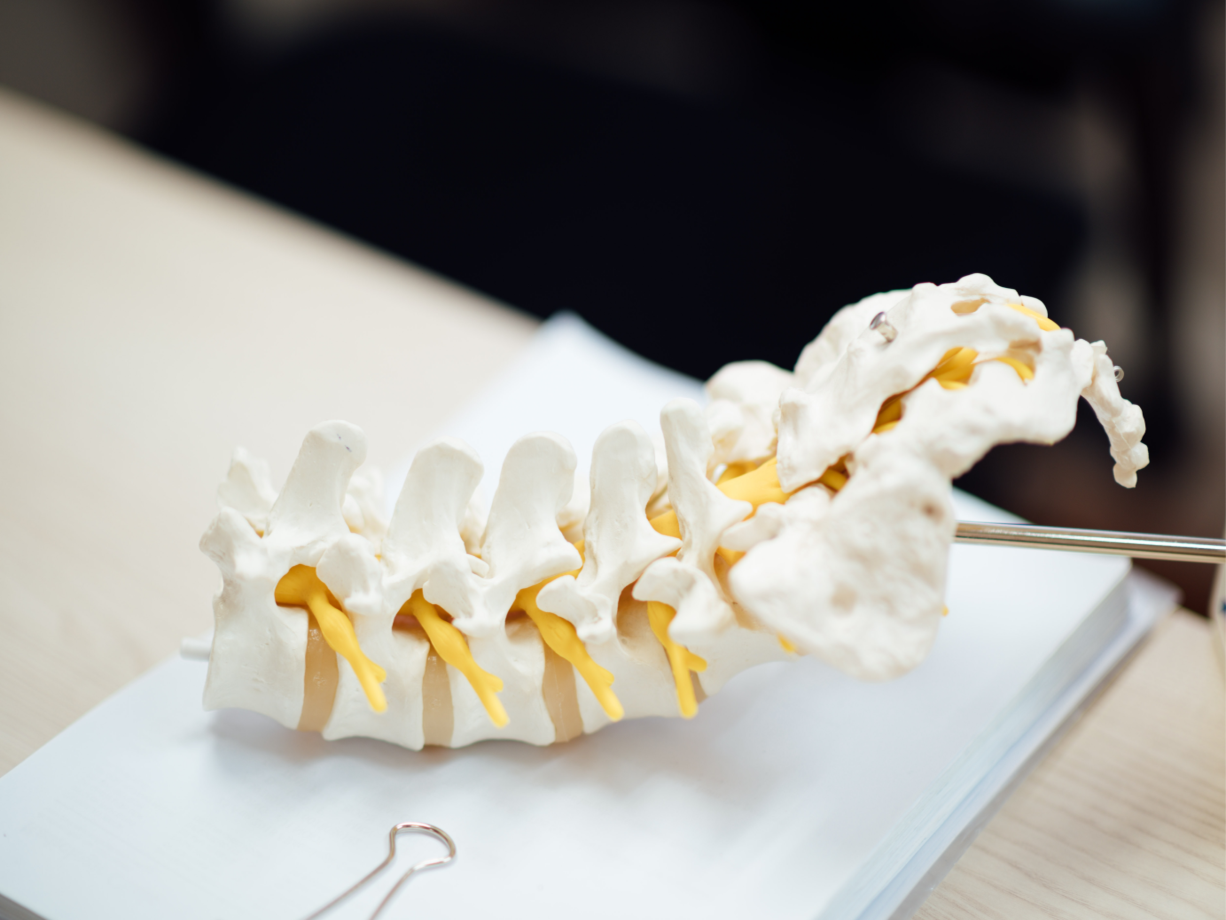What is Sciatica and How Do I Know I Have It?
Sciatica is a condition that can cause pain in the lower back and leg. The Sciatic nerve, the longest in the body, runs from the lower back down the leg to the ankle. Sciatica, the condition itself, occurs when there is pressure on or damage to this extremely sensitive and far-reaching nerve.
Although a range of problems can cause sciatica, it is often the result of a herniated disc or bone spur pressing against that nerve. Sciatica pain can range from a dull ache or an unbearably sharp, shooting pain and is often exacerbated when sitting or standing for long periods. Sharp and sudden movements of the lower back may also exacerbate sciatic pain.
For many, this can make walking, sitting at a desk, or even sleeping comfortably tricky. Although sciatica is usually treatable with rest, ice, and over-the-counter pain medication, physical therapy or surgery may be necessary in some cases.
What Causes Sciatica?
As we’ve mentioned, a series of problems with the spinal column can cause sciatica, and although you can do your best to guess the issue, an MRI is often necessary to fully diagnose what is causing pressure on your sciatic nerve.
Although sciatica feels similar to other causes of lower back pain, it is a unique condition with unique qualities. Although a range of problems, including soreness, inflammation, strained muscle fibers, and more, can cause lower back pain, sciatica is caused by one thing - pressure on or damage to the sciatic nerve. Ultimately, even though sciatica causes lower back pain, not all lower back pain is sciatica. Here are the clear signs that your lower back pain may be sciatica:
- Lower back pain due to strained muscles or inflammation may resolve itself quickly, but sciatica can be sudden, constant, and chronic.
- Sciatica pain may range from a dull ache to sharp shooting pain, but it almost always has a “radiating” pattern. This pattern generally travels from a precise point in the lower back, down the buttock, and into the leg.
- You may not feel the pain of sciatica until a particular triggers cause a flare-up. A prevalent trigger for sciatica pain is prolonged or excessive sitting.
These are a few primary causes of sciatic nerve pressure and damage.
Cause 1: Bone Spurs
Bone spurs are small growths that can form on your vertebrae and pinch the sciatic nerve. There are many causes of bone spurs, but joint damage from osteoarthritis is the most common culprit. When the cartilage that cushions your bones break down, your body will often begin to repair the damage with additional bone material.
These necessary formations can place unnecessary pressure on your sciatic nerve, causing the sciatic pain you are experiencing. Treating a bone spur can range from rest to physical therapy, pain medication, or steroid shots. Your physician will decide the best treatment option based on the location and severity of your bone spur.
Cause 2: Herniated Disks
Herniated disks occur when the gel-like center of a spinal disk bulges out and puts pressure on the sciatic nerve. These spinal disks have a tough exterior (called the annulus) and a soft, jellylike interior (called the nucleus). When you twist your back or lift something improperly, you can rupture the annulus and push a small portion of your nucleus out. A herniated disk can irritate nearby nerves and result in pain, numbness, or weakness in an arm or leg. Although extremely rare, herniation of the spinal disc can sometimes lead to paralysis. ➔
Herniated discs are typically caused by natural wear and tear but can also result from a sudden injury. They tend to be most common in your lower back and neck as these areas experience the most movement and, in turn, have the highest likelihood of injury. Treatment typically involves rest, ice, and pain medication. In some cases, surgery may be necessary to remove the damaged disc. With proper treatment, most people with a herniated disc fully recover.
Cause 3: Spinal Stenosis
Spinal stenosis is a condition that occurs when the space in between the spinal canal narrows, resulting in unnecessary pressure on the spinal cord or nerves, including the sciatic nerve. This unexpected narrowing can cause pain, numbness, tingling, and weakness in the legs and back.
Degenerative changes in the spine, such as those that occur with aging or wear and tear from injuries, generally cause spinal stenosis, but in some cases, it may also be caused by conditions like spondylolisthesis, scoliosis, or even tumors. Treatment for spinal stenosis typically focuses on relieving symptoms by increasing space in the spinal canal. Restoring space in the spinal canal may be accomplished with physical therapy, medication, injections, or surgery.
If it’s not getting better, try speaking to a specialist.
Home remedies for chronic sciatica that don’t seem to get better are a great way to manage symptoms but can’t fix the underlying problem causing them. Seeing an orthopedic specialist can help you find the cause of your sciatica and help you heal faster without causing additional complications.
Conservative care-driven orthopedic specialists, like Sport Ortho Urgent Care providers, can design the best possible care plans to help heal your sciatica pain for good.
Share
